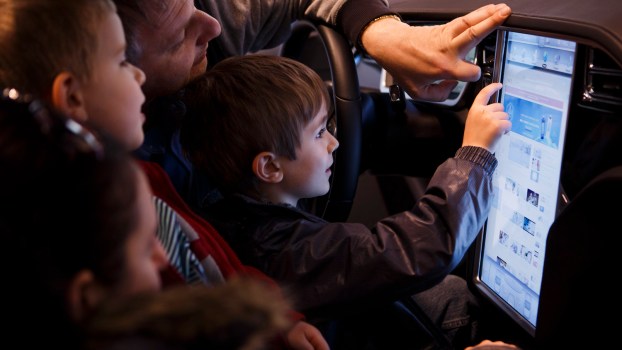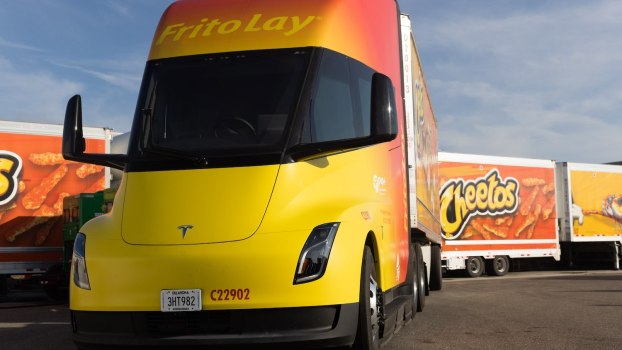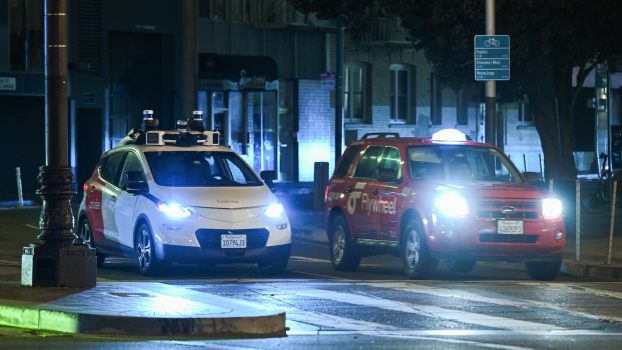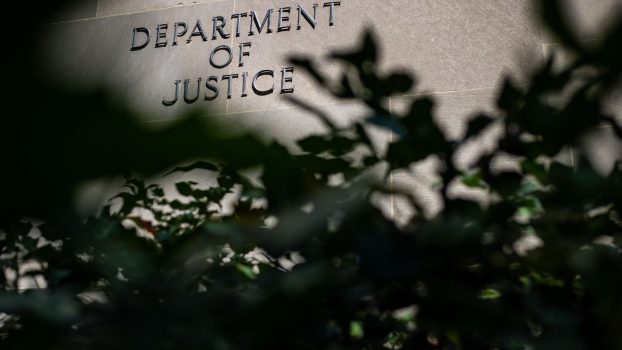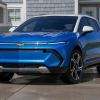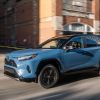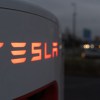
Yes, There’s an Important Difference Between Tesla’s Recall and a Regular Software Update
I was scrolling through Twitter (confusingly renamed “X”) when a status made me laugh out loud. Someone wrote “Apple recalls every product it’s ever made” and posted a screenshot of their iPhone completing a software update. It’s funny because Tesla is recalling two million vehicles to fix unsafe driver assistance software (confusingly named “autopilot”) with an over-the-air software update. But the truth is that there’s a difference between a recall and a regular software update, even when the recall doesn’t require you bring your Tesla into the dealership (which is confusingly just called a “Tesla showroom”).
First: The headline. Tesla recalls nearly every vehicle its ever made to fix a safety issue with its “Autopilot.” Software.
Here’s the scoop: the National Highway Traffic Safety Administration (NHTSA) has been investigating Tesla’s with Autopilot crashing since 2016. These accidents have led to at least 17 deaths, including several first responders parked by the roadside.
In December 2023, Tesla announced it was recalling two million vehicles built from 2012 to present to fix a software issue. The issue? The driver monitoring system is too easy to fool. So now, the cars will begin aggressively alerting drivers who aren’t paying attention to the road.
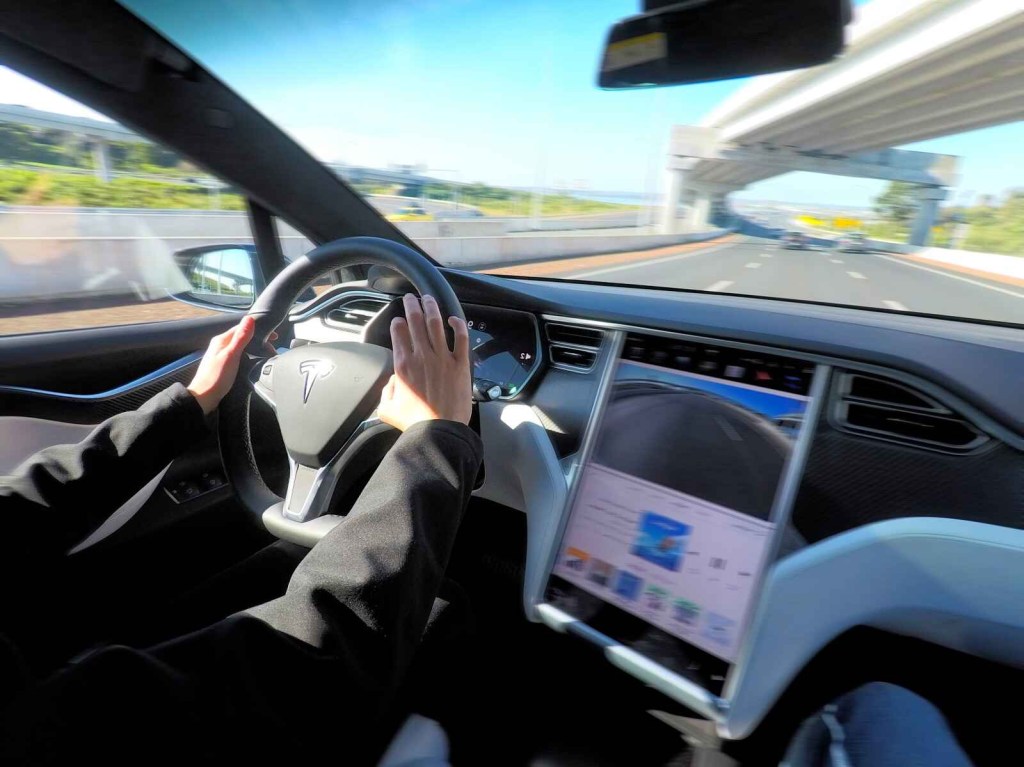
Does it sound petty? Maybe. But the truth is that people are dying so Tesla and the government are working together to save lives.
So what does the recall consist of? An over-the-air software update labeled version 2023.44.30. Teslas that have been upgraded to that software are officially “fixed” and no longer under open recall. But even though this sounds like any other software update, a recall is different.
You can see CBS coverage of the recall in the video below:
A recall starts with driver complaints to the government. The NHTSA then investigates whether the vehicles in question are safe. In certain cases, the EPA takes over and investigates whether vehicles are polluting too much.
These investigators look for poorly engineered components, or common quality issues. As part of their case, they ask the automaker for any information it has on the issue. In the past, automakers have been fined billions for lying at this point.
If the investigators find that many of the vehicles are faulty–whether polluting or unsafe–they will tell the automaker they plan to recall the vehicles. In the past, automakers then “voluntarily” recall their vehicles and pay to fix the problem at dealerships themselves. But that’s not all. For full transparency, the automakers give the NHTSA a list of all the problematic vehicles and update it as they fix them. This way, any vehicle owner knows the recall status of their vehicle.
So that brings us back to Tesla. In the past, the automaker has locked horns with the NHTSA when the government asked it for data or urged a recall. Tesla made headlines when Tesla refused to recall autopilot cars killing first responders. And Elon Musk has argued that the work “recall” is outdated.
I totally get that an over-the-air software update is a new kind of recall. But now that software is so critical to safety, automakers must subject it to the same sort of rigorous NHTSA investigation as other aspects of the vehicle. In addition, if the NHTSA finds software unsafe, automakers must rapidly engineer an alternative version, offer it to vehicle owners for free, and share exactly which vehicles have the unsafe software and which vehicles have been fixed.
Hopefully software recalls will prove cheaper and quicker and have a higher success rate than traditional recalls. But that is no excuse to take shortcuts.
Next, find out why the Tesla Cybertruck is especially unsafe, or learn more about recalls in the video below:
